
Artificial intelligence is increasingly becoming an integral part of many industries, including the arts. It has made significant advancements in the field of generative art, which involves creating art using algorithms and has the potential to revolutionize the way art is created and consumed. One way in which it is making its presence felt in the art world is through AI art competitions. These competitions bring together artists, programmers, and technologists to showcase their talents and creativity while exploring the boundaries of art and technology.
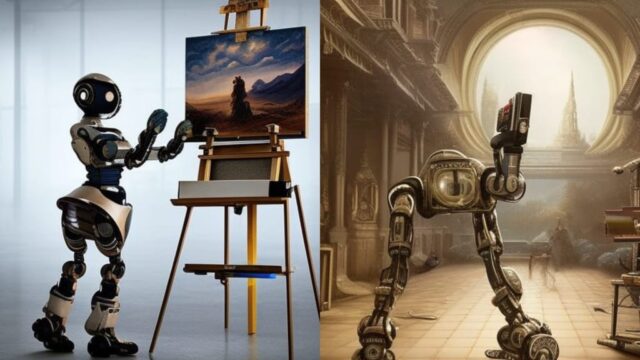
Types of AI Art Competitions
AI art competitions come in many forms, each with its own unique set of challenges and opportunities. Some of the most common types of competitions include:
Generative art contests
Generative art contests typically involve creating art using algorithms and other computational methods. Participants are given a set of rules or constraints that they must follow, and the resulting artwork is judged based on creativity, originality, and technical proficiency.
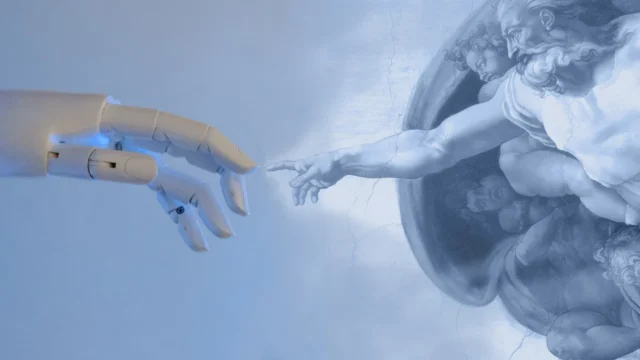
Algorithm-based Art Challenges
Algorithm-based art challenges typically involve using AI algorithms and apps like AI Art Battle to create original artwork. Participants are given a set of guidelines or constraints that they must follow, such as using a particular type of neural network or using specific training data. The resulting artwork is judged based on its creativity, originality, and technical proficiency.
AI-assisted Art Battles
AI-assisted art battles involve teams of artists and programmers working together to create art using artificial intelligence algorithms. Participants are typically given a set of data, such as images or sound files, that they must use to create their artwork. The resulting pieces are judged based on their creativity, technical proficiency, and ability to incorporate AI into the creative process.
The Role of Human Artists in AI Art Competitions
While artificial intelligence is certainly making its presence felt in the art world, it is important to remember that human artists still play a vital role in the creative process. In fact, many AI art competitions require participants to work with both algorithms and traditional artistic techniques, such as painting or sculpture.
Human artists are also responsible for programming the artificial intelligence algorithms used in many competitions, and for ensuring that the resulting artwork is both technically proficient and aesthetically pleasing.
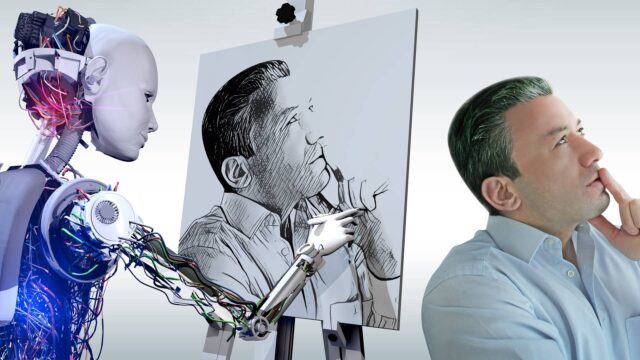
Techniques and Technologies
The art of artificial intelligence involves a variety of techniques and technologies, each with its own unique strengths and weaknesses. Some of the most common techniques and technologies used in AI-generated art include:
Neural Networks and Deep Learning
Neural networks and deep learning algorithms are at the heart of many AI-generated art techniques. These algorithms work by analyzing large sets of data, such as images or sounds, and learning to recognize patterns and features within that data. This allows the artificial intelligence to create original artwork that is similar to the training data it has received.
Style Transfer and GANs
Style transfer and generative adversarial networks (GANs) are other popular techniques used in art. Style transfer involves taking an existing image and applying the style of another image to it, creating a new, unique image. GANs, on the other hand, involve two neural networks working together to create new images, with one network generating images and the other network evaluating them for authenticity.
Machine Learning and Pattern Recognition
Machine learning and pattern recognition are also commonly used in AI-generated art. These techniques involve analyzing large sets of data to identify patterns and features, which can then be used to create new, original artwork.
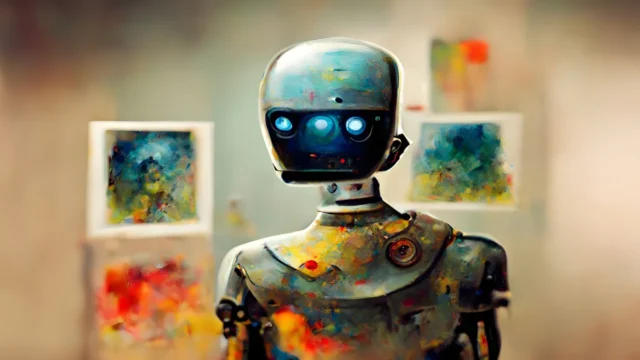
The Judging Process: Balancing Creativity and Technology
One of the biggest challenges facing artificial intelligence art competitions is balancing creativity with technology. While algorithms are certainly capable of creating technically proficient artwork, they may lack the creativity and emotional depth that human artists bring to the creative process.
As a result, many competitions place a strong emphasis on creativity and originality, in addition to technical proficiency. Judges often evaluate artwork based on a variety of factors, including its emotional impact, its ability to evoke a response in the viewer, and its overall aesthetic quality.
The Impact of Artificial Intelligence Art on Traditional Art Forms
The rise of artificial intelligence art has the potential to revolutionize the traditional art world in a number of ways. For one, AI-generated art has the potential to create new forms of artistic expression that were previously impossible. Additionally, this kind of art may lead to greater democratization of the art world, as more people are able to create and showcase their artwork using artificial intelligence algorithms and other computational tools.
However, there are also concerns that this form of art may replace human artists altogether, or that it may devalue the importance of traditional artistic techniques and skills. Additionally, there are concerns about the potential for AI-generated art to be used for nefarious purposes, such as creating deep fakes or other types of fake media.
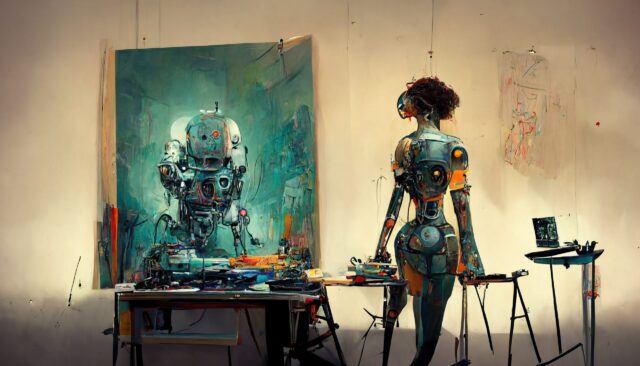
Legal and Ethical Considerations
As artificial intelligence art becomes more prevalent, there are a number of legal and ethical considerations that must be taken into account. For one, there is the question of intellectual property: who owns the rights to AI-generated art, and how can those rights be protected?
Additionally, there are concerns about the potential for AI-generated art to be used for nefarious purposes, such as creating deep fakes or other types of fake media. As a result, it is important to consider the potential ethical implications of AI-generated art and to ensure that it is being used in a responsible and ethical manner.
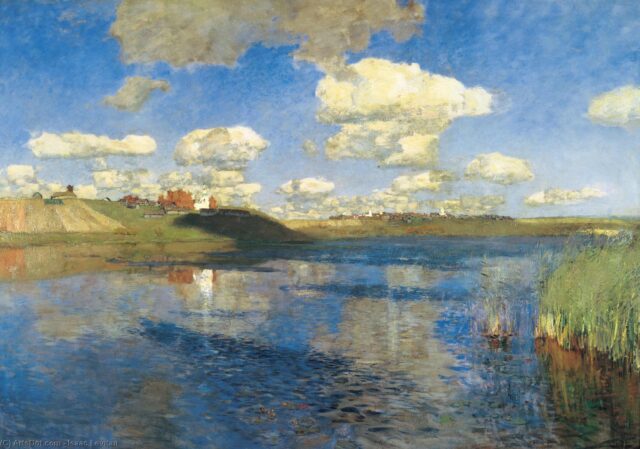
Prominent Artists and Their Work
There are a number of prominent artificial intelligence artists who are making waves in the art world. One of the most well-known is the French artist Sougwen Chung, whose work explores the relationship between humans and machines. Another notable artist is Ahmed Elgammal, who is the director of the Art and AI Laboratory at Rutgers University.
Conclusion
AI-generated art is changing the face of the art world, offering new and exciting opportunities for artistic expression and creativity. By embracing the artificial intelligence art revolution, we can explore new forms of artistic expression and create artwork that is both technically proficient and emotionally compelling. As algorithms become more sophisticated and powerful, we can expect to see even more innovative and creative uses of artificial intelligence in the art world, leading to new breakthroughs and discoveries that we can only begin to imagine.












